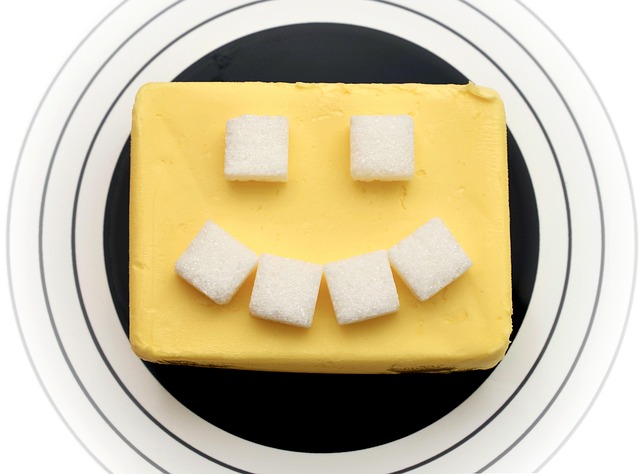Fat freezing (cryolipolysis) is a non-surgical treatment using cold temperatures to break down and eliminate fat cells in specific areas like love handles and belly bulges. It offers precise results without impacting body composition or recovery time. Common temporary side effects include redness, swelling, and bruising; rare severe reactions may occur. Ideal candidates have healthy weights and seek targeted fat reduction. Post-treatment care involves hydration, light exercise, and a balanced diet to enhance results and prevent future fat accumulation.
“Discover the transformative power of fat freezing, also known as cryolipolysis. This non-invasive body contouring procedure is gaining popularity for its ability to target stubborn fat and redefine your figure. Our comprehensive guide delves into the science behind freeze fat treatment, exploring how it works, ideal areas for contouring, safety considerations, eligibility criteria, and post-treatment care. Uncover if this innovative approach could be the solution you’ve been seeking.”
- Understanding Fat Freezing: The Basics Explained
- How Does Cryolipolysis Work on Stubborn Fat?
- Targeting Specific Areas for Contouring
- Safety and Side Effects of Freeze Fat Treatment
- Candidate Eligibility: Who's a Good Fit?
- Post-Treatment Care and Expected Results
Understanding Fat Freezing: The Basics Explained

Fat freezing, or cryolipolysis, is a non-invasive procedure that has gained popularity as an effective way to reduce stubborn fat. It works by using controlled cooling to target and freeze specific fat cells, which are then broken down and eliminated naturally by your body. This treatment offers a non-surgical alternative for those seeking body contouring without downtime or recovery periods associated with traditional surgeries.
During the procedure, a specialized device delivers cold air to the targeted area, causing the fat cells to crystallize. Once frozen, these cells die and are processed by the liver, resulting in reduced fat deposits. It’s important to note that fat freezing is most effective for spot reduction, making it ideal for treating small areas like love handles, belly bulges, or chin fat. Unlike dieting or exercise, which can impact overall body composition, fat freezing provides precise results on specific problem zones.
How Does Cryolipolysis Work on Stubborn Fat?
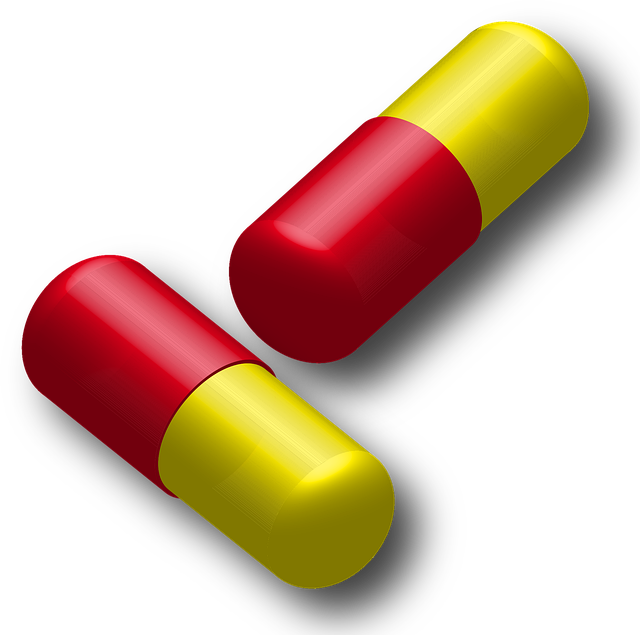
Cryolipolysis, or fat freezing, is a non-invasive procedure that targets and breaks down fat cells by using cold temperatures. During the treatment, a gel-like substance is applied to the area to be treated, and a cooling device is placed on top. This device delivers controlled cooling to the underlying fat tissue, causing it to crystallize and eventually die.
Once the fat cells are frozen, the body’s natural metabolic processes take over, absorbing and eliminating these dead cells. Over time, this results in reduced fat deposits in the treated area, leading to a more contoured and defined appearance. The procedure is particularly effective for targeting areas that are resistant to diet and exercise, such as the abdomen, love handles, thighs, and arms, making it a popular choice for those seeking body contouring without surgery.
Targeting Specific Areas for Contouring
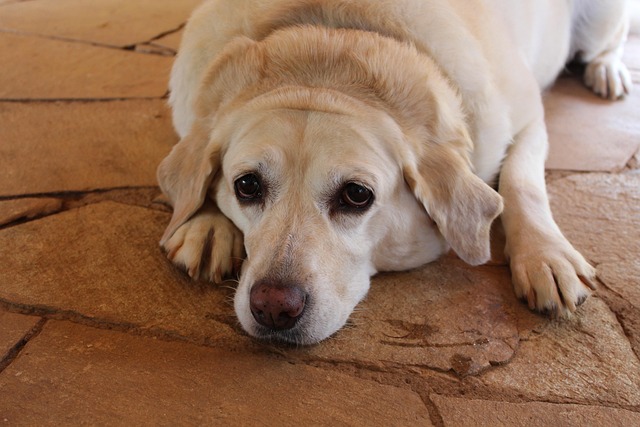
The freeze fat treatment, or cryolipolysis, offers a non-invasive way to shape your body by freezing away stubborn fat cells in targeted areas. This procedure is designed to reduce fat in specific locations that are often resistant to diet and exercise. By using advanced cooling technology, the treatment freezes and destroys fat cells, leading to visible fat reduction over time.
During the process, a qualified practitioner will apply a gel pad to the desired area, which contains cryogenic cooling materials. This pad is then frozen, causing the fat cells in the surrounding tissue to crystallize and eventually die. The body naturally processes and eliminates these dead fat cells, resulting in a slimmer, more contoured appearance. This highly targeted approach allows individuals to achieve their desired body shape without surgery or extensive downtime.
Safety and Side Effects of Freeze Fat Treatment
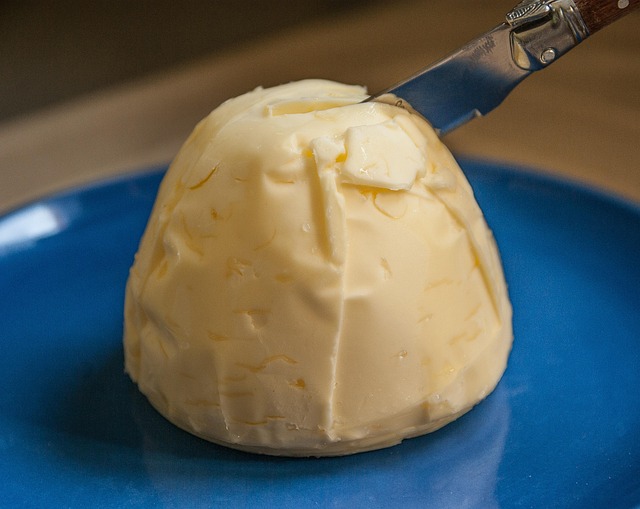
The freeze fat treatment, or cryolipolysis, is generally considered safe when performed by a qualified professional using approved equipment. However, like any medical procedure, it’s not without potential side effects. Common temporary issues include redness, swelling, bruising, and numbness at the treatment site. These usually subside within a few days to a week. In rare cases, more severe reactions such as skin burn or tissue damage may occur, but these are typically associated with improper treatment administration.
Long-term safety data is still being collected, but numerous studies have shown that cryolipolysis poses minimal risks when used appropriately. It’s crucial to choose an experienced practitioner and discuss any concerns or medical history before undergoing the procedure. Regular follow-up appointments can also help ensure satisfactory results and promptly address any unusual symptoms.
Candidate Eligibility: Who's a Good Fit?
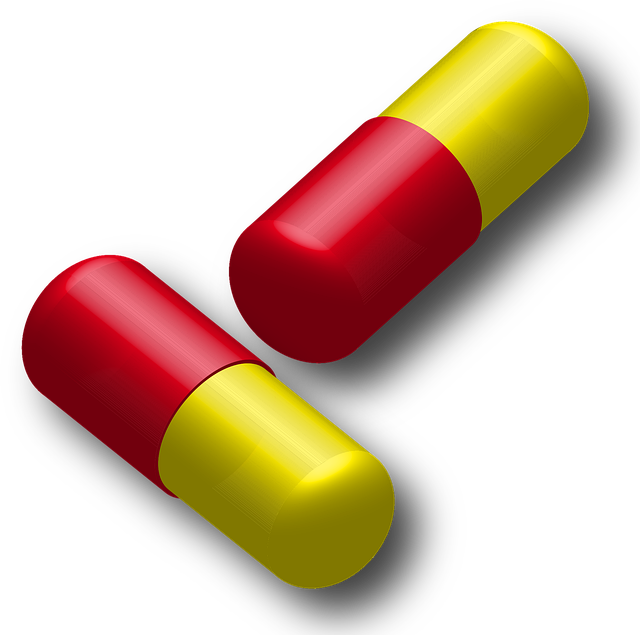
The freeze fat treatment, or cryolipolysis, is suitable for individuals who have concentrated pockets of stubborn fat that resist diet and exercise efforts. While it’s not a weight-loss procedure, it’s an excellent option for those looking to contour their bodies and achieve a slimmer appearance.
Good candidates for this non-invasive treatment typically have healthy weight and skin, with no significant medical conditions affecting their ability to heal. It’s essential to consult with a qualified healthcare provider who can assess your unique circumstances and determine if cryolipolysis aligns with your body contouring goals.
Post-Treatment Care and Expected Results

After a fat freezing treatment session, it’s crucial to take proper care to enhance the results and ensure overall well-being. Patients can expect some temporary redness and mild discomfort in the treated areas, which typically subside within a few days. Staying hydrated is essential; drinking plenty of water helps flush out toxins and supports the body’s natural healing process. Light exercise, such as walking or gentle yoga, can also aid in accelerating circulation and promoting fat cell reduction.
The expected results vary from person to person, depending on factors like overall health, diet, and adherence to post-treatment care guidelines. Generally, patients start noticing a visible decrease in fat bulk within 2-4 weeks after treatment. As the body naturally metabolizes and eliminates the destroyed fat cells, more defined contours become apparent. It’s important to maintain a balanced diet and regular physical activity to sustain the results and prevent future fat accumulation in the treated areas.
